
marinheiro
-
Content Count
1,540 -
Joined
-
Last visited
-
Days Won
42
Content Type
Profiles
Media Demo
Forums
Gallery
Calendar
Store
Posts posted by marinheiro
-
-
Lamborghini's Riva - a really cool combination (was discussing this with an Italian colleague)
-
 1
1
-
-
45 minutes ago, waikiore said:
I know of a few who have been told that they have to have it, followed by a ginormous bill for running a couple of lines on boats from the late eighties that actually did not have issues prior and now have more joints/connections . wtf
it is the same as the b.s that goes on with EWOF's for older boats.
-
11 hours ago, ex Elly said:
Insurance company wants to see a Gas Code of Compliance Certificate .
Any recommendations for who I can get to do this?
Boat is in Half Moon Bay...
If your boat was built 2013 of later it should have come with one.
For Pre 2013 boats the only time there is a certificate issued is if a gas fitter works on it. If you want to get them off your back you can get a gas fitter to make a leak test, also a good idea to change any hoses if they are more than 10 yrs old. He would issue a certificate to say the work he has done is in compliance.
These guys are out your way, https://www.marinesafegas.co.nz/. Have zero experience with them. If you were to approach them, or any other gas fitter, and your boat is older than 2013 you want to have a conversation along the lines of "I would like a gas inspection of my pre 2013 boat. I am aware that AS/NZS 5601 2013 is not retrospective per clause 1.5, so I do not want to be told the whole system has to be replaced to comply with said standard"
See how you go
-
On 7/08/2021 at 8:38 AM, mcp said:
Very nice, there are some cold stoney beaches in my future as well I hope.
What sort of Dingy is that and what have you used for fendering off the mothership?
As mentioned previously Pete's dinghy is a 12' Fyran. Received this reply from him to your fender question:
"Have they not got anything more Important to do down there" 😁
"The fender I made myself, split tube of the right diameter to wrap right around and under. Alloy rivetted around inside edge, still going strong after 20 odd years now. The bumper is from the UK, Simpson and Lawrence I seem to recall."
-
2 hours ago, Fogg said:
Thanks. Do you know if that makes mine any better or still equally susceptible?
As usual, other people know more tech info about my boat than I do…
you need to look around where the 2 arrows are, especially on the underside, sorry cannot find a rear view of the engine.
at the front look between the alternator and the hoses above it.

even if you do not see any salt leakage, I would suggest if the engine is more than 5 yrs old as preventive maintenance, you should be taking the end caps off, checking the seals and sealing surfaces and getting the heat exchanger tube bundle cleaned, the last especially seeing as your yacht has come from a warm water environment.
If you have any doubts I am sure IT would check it out for you 😄
-
1 hour ago, mcp said:
It will be my car once the sebatical from land starts, so all of the above except not a lot of marina. I also want to spend time in higher latitudes and more remote areas, so it must be robust.
Sharp objects was a big factor in why I started looking at a hard aluminuim dinghy, coral, oysters, rocks, seals, old wharfs, if I go to australia....things with teeth.
I don't think I have made my mind up completely, but I am still weighing heavily on the Ally Dink idea. Stability is the biggest con I think I have with this type of dinghy, as getting in and out does not look as straight forward, and infact I have never tried it on any thing but an inflatable. I guess you get a ladder of something for the stern or bow?
Just FYI, this is what a Naiad looks like sans tubes
You could keep an eye on Trademe for a 10 or 12' Fyran and buy one to see if ally works for you.
Other options not previously mentioned here, but starting to have weight issues, are
Mac Boat in Polyethylene: https://macboats.co.nz/mac-270-dinghy/
or an Aluminium pontoon dinghy, nothing under 3.4m in NZ, but found this in Australia eg http://www.oceancraft.com.au/2900pkg1.htm
-
14 hours ago, Vivaldi said:
On Vivaldi there is a hose fitting on the suction side just after the sea cock for the salt water inlet. We can shut off the salt water side and run fresh through it which is pretty handy for the occasional rinse out.
That's exactly what James Mobberly recommends, he also suggests using one of the salt removal products, eg Saltaway. Said he was not so keen on Barnacle Buster, has found it is too aggressive and has caused problems with seals, gaskets etc.
He did highlight you need to be using some sort of container to hold the fresh water and let the salt water pump suck it into the engine via a hose to the Tee you mention. Some people have plumbed up direct fresh water hose connections to the downstream side of the salt water pump and this has resulted in flooded engines
-
45 minutes ago, mcp said:
Very nice, there are some cold stoney beaches in my future as well I hope.
What sort of Dingy is that and what have you used for fendering off the mothership?
That is Peter Smith's Kiwi Roa in the background and the dinghy is a 12' Fyran he purchased before leaving NZ in 2008 (Priscilla is not Pete). Next time I talk to Pete I will ask where he got the fendering
-
5 hours ago, Island Time said:
Because it's a heat exchanger, one side is fresh, one side is salt (raw) to allow the heat exchange.
This issue is common on these engines and the D series Volvo Pentas.
The manufacturers say this is why they are insistent on the right coolant in the fresh water side, and that it is changed at the correct interval. It's also important to ensure that the models with electrically isolated sail drives are, in fact, still electrically isolated! There is a plastic gasket, and plastic inserts/washers on the saildrive mounting bolts for this reason.
Beta and Nanni and just about everyone else use the same concept
Beta:

Nanni

notable that they both use 3 bolt end caps compared to the Yanmar's 2 bolt. Maybe they figured out these are a problem.
The guys at Moons said they believe all the European assembled marine engines source their Heat Exchanger/Exhaust manifolds from an Italian OEM supplier, Mota.
Fogg's turbo Yanmar is different, those are assembled in Japan c.f mine which came out of Yanmar's Netherlands factory.
-
1 hour ago, Fogg said:
How old and how many hours?
The engine is 16 yrs old, but has only been in service 6 yrs, 1000hrs. The more i look at this the more I am convinced this was a manufacturing/assembly defect. When the weld repair is machined they will ensure all parts mate perfectly.
If you have a Yanmar, have a good look around those end caps - noting the turbo versions have a quite different heat exchanger
-
Posting this to maybe help others avoid this problem on the Yanmars and other engines with aluminium body heat exchanger/exhaust manifolds. This is my Yanmar 4JH4E
A few months ago I noticed salt crystals forming around the forward HEX end cap
and when pulled apart this was the situation
and yet the rear one is just about in perfect condition
What is noticeable is that the corrosion is on the part of the face between the clamping bolts. Will need to check if the face of the cover plate is dead flat. Hoping that Rocke can work his welding magic on this, otherwise it will be new one from USA -already priced it up.
James Mobberley at Moon Engines recommends setting up a fresh water flush for these engines, a tee and a valve on the salt water intake. Had a look at a friend's 75hp Yanmar, and we could see signs of salt crystals, then he mentioned that his alternator had been damaged by salt water.
-
 1
1
-
-
On 1/08/2021 at 10:33 AM, mcp said:
I will be getting a new dinghy set up in the near future, and I am currently thinking of a 3 metre-ish hard alloy dinghy with a 10hp motor, a foam collar to stop it from damaging the mothership when it hits it a hundred times or more per day, but no one seems to have this type of dinghy? I like the idea of no tubes to puncture, likely to be quite fast with a small motor (?), easy to row, lightweight.
I'm not 100% sold on this setup yet...
What are the pros and cons of the different dinghy types you have owned? Also, how often in practice have the Pros and the Cons been of use or an actual hindrance? What are the possible workarounds if you don't have one of these Pros and Cons?so with all of the combined "expertise " here, have you been able to narrow down your choice?
-
2 hours ago, CarpeDiem said:
Yep - he anchors it there permanently on 100m of chain - at least he did
 - he used to move it before a big storm came to a rent-a-mooring or take it somewhere safe for a couple of days.
- he used to move it before a big storm came to a rent-a-mooring or take it somewhere safe for a couple of days.
It's just outside harbour limits so anchoring is allowed.
Archangel often takes up "residence" off Buckleton's Beach in the summer
-
39 minutes ago, Fogg said:
I think these are still his details but disclaimer: I haven’t contacted him for a few years so if these turn out to be incorrect don’t blame me!
Name (I think): “York”
104 Roberts Road
Te Atatu
Auckland09 835 2128
027 231 6288that's correct, his workshop looks like a classic electronics geek's hideout
-
There's a Chinese guy in Te Atatu who is quite good at fixing that sort of gear, http://www.efrontier.co.nz/estore/index.php?currency=NZD
-
32 minutes ago, Fogg said:
looks like Sunbrella. any of the cover guys eg Bill B could make one
-
-
11 hours ago, Priscilla II said:
MCP was looking for light weight and easily rowed which the Ocean Tender is not actually it’s pretty disappointing at the 9k minimum cost if you are looking for those usability features as a go to cruising tender.
It's a bit like the options of do you want it 1. fast, 2. light and 3. cheap - you can have 2 of the 3
The Ocean Tender is rowable but Russell has always been clear that he optimised the design for motoring, which results in quite a different hull shape - a dinghy for rowing needs some of "rocker" in its fore and aft bottom shape, whereas a planing boat needs straight lines. All the old ally dinghies had planning hull shape, except for the diabolically unstable Parkercraft pram bow dinghy
-
4 hours ago, mcp said:
I will be getting a new dinghy set up in the near future, and I am currently thinking of a 3 metre-ish hard alloy dinghy with a 10hp motor, a foam collar to stop it from damaging the mothership when it hits it a hundred times or more per day, but no one seems to have this type of dinghy? I like the idea of no tubes to puncture, likely to be quite fast with a small motor (?), easy to row, lightweight.
I'm not 100% sold on this setup yet...
What are the pros and cons of the different dinghy types you have owned? Also, how often in practice have the Pros and the Cons been of use or an actual hindrance? What are the possible workarounds if you don't have one of these Pros and Cons?your brief sounds very much like the one Russ Carlyon gave himself when he conceived his Offshore Cruising Tenders https://octenders.co.nz/. He looked at aluminium but it was too heavy for the weight he had in mind. Given his experience with composites it was a no brainer for him to go in that direction. The fender on OCT's is some sort of closed cell foam, inside a Sunbrella cover.
If you wanted a hard dinghy and don't want to pay the OCT Rolls Royce price for a high quality product, you could build/have built an aluminium or plywood dinghy and fit a similar fender to the OCT - just needs a top and bottom bolt rope moulding. Alternatively you could source a foam collar similar to that being fitted to some large RIBs
Do you want to go fast or slow? If slow Jim Young's 2.8 and 3.5m stitch and tape are very good. For a planing hull the Frank Pelin 10 and 12' Nomads are highly regarded (the OCT hull shape is very close the Pelins, just flatter in the bottom). I don't think anyone is manufacturing conventional aluminium dinghies less than 12' anymore (try Fish City), if you wanted to get one built a good start would be to find out who builds the Seafarer RIB bottoms, I think someone in Silverdale.
A solid dinghy does not have the stability of an inflatable, the OCT is however much better in this respect. A solid dinghy has more internal volume. An aluminium bottom is of course the best if you are going to be dragging it over rocks regularly
I have a Naiad 2.5 RIB aluminium bottom inflatable, excellent dinghy but quite heavy (almost twice the weight of an equivalent size Seafarer) due to the aluminium sides being much higher for the top bolt rope and it having inner (hypalon) and outer (PVC tubes).
The best thing you can do for a deck stowed inflatable is put a cover on it - I buy them from Burnsco for about $110 and they last 4-5 yrs.
-
17 hours ago, ouk said:
Thanks marinheiro, but they only have sanitation hose up to 38mm / 1"1/2. That's why I went to General Marine Services who usually have that kind of stuff when the normal retailers don't, and they are out of stock. I thought it would not be too hard to find another place where I could find some hose, but apparently I was wrong...
I'm not too keen to replace it by exhaust hose even if it's the last bit of hose and should only ever be full of seawater, and even if I can replace it in a few months by the proper stuff (not too keen to do that job twice). The closest replacement I could find for now is this but there is no technical data to determine suitability.
I should have read your post better, yeah 50mm will be a bit of a mission. Try these guys, they have just about every hose under the sun
-
15 hours ago, ouk said:
Hi,
I'm looking for a short length (less than half a meter) of 50mm diameter PVC sanitation hose - ideally Trident 101, 102 or similar, but the standard white PVC hose will do for now - to link the 'organ' (rigid PVC pipes forming a siphon break for black waters) to the 50mm valve on the skin fitting. I dropped in at General Marine today and they could not help with my request, and I could not find any online on NZ sites (easy to find overseas though, but having even a meter of that shipped will be pricey!).
Would anybody know a place who would stock that, or have an offcut lying around?
Thanks in advance,
ouk
Burnsco and Smart Marine carry the white stuff
-
10 hours ago, Fogg said:
The minute you install anything that can create mains voltage it gets attention from the inspector. I think that’s the case even if you’re not connected to a marina. That was my experience recently.
This is correct. The only exception is if you have a little Inverter or Honda generator where the power outlets are 3 pin sockets. This then gets very grey if you connect to a hard wired system. By the way, none of the small generators, and only the top end (eg Victron, Mastervolt and maybe one or 2 others) inverters are AS/NZS3000 compliant, they are supposed to have the earth and neutral connected when in service.
This Off Grid supplier correctly recognises his obligations
https://powerandwater.co.nz/questions.html
If you want another example think about an event in a park where there is a big diesel generator humming away and cables running all over the place. That installation has to be carried out by a licensed electrician and he has to issue a COC (Certificate of Compliance) prior to powering up. There is no ROI (Record of Inspection) because the system is not connected to the mains. An ROI is issued whenever the first connection is made to the mains, eg an ROI is issued when a licensed inspector checks the electrical installation in a new house and makes the connection to the mains. The EWOF for boats/campervans is effectively an ROI, issued by the same licensed inspectors.
Sorry for the thread drift here...
-
53 minutes ago, CarpeDiem said:
I cannot see anything in the Act which stops me from working on my own personal generation system which never connects or supplies power to a third party. But I must follow the standard for anything over 50v.
Eg, I believe I can legally install a 12v/240v dc/ac inverter in my boat and put some power points in, so long as I follow the standard. And as long as the boat is never connected to the mains.
You need to read up about Prescribed Electrical Work from the act:

(c) is the key, as soon as you are considering a hard wired connection to a power supply (that could be the grid, a generator, inverter or any other source of AC power), then it has to be done by a licensed sparkie.
NZ and Australia are very restrictive about what a DIYer can do electrically.
-
7 hours ago, CarpeDiem said:
My understanding is that power you generate for yourself and do not supply to anyone else is not subject to the ESA.
Assuming you are not buying the 12vDC supply from a 3rd party it would not be covered.
50V is the cutoff, above that and any installation (on or off grid) has to comply with Electrical Regulations and associated standards
DC installations on boats built after 2008 and 2014 have to comply with the respective revisions of AS3004.2
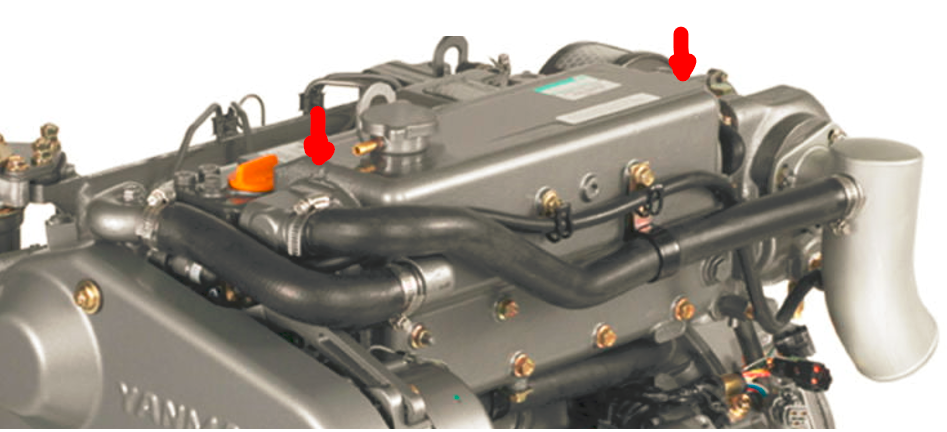
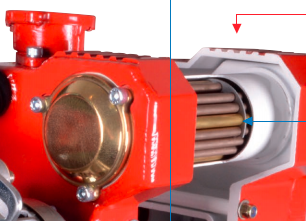
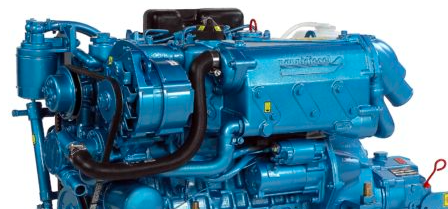
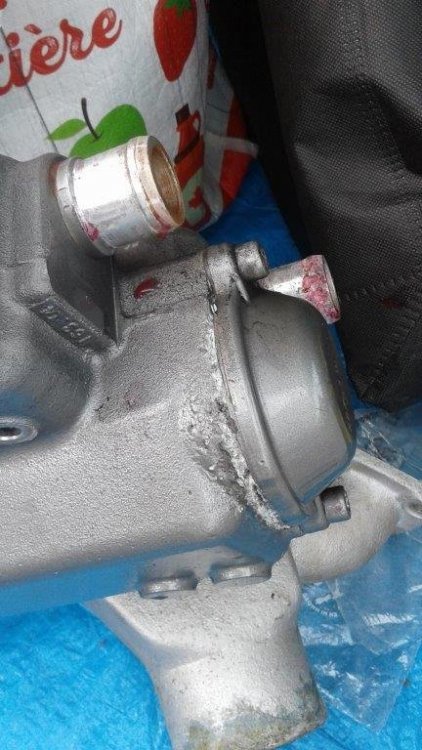
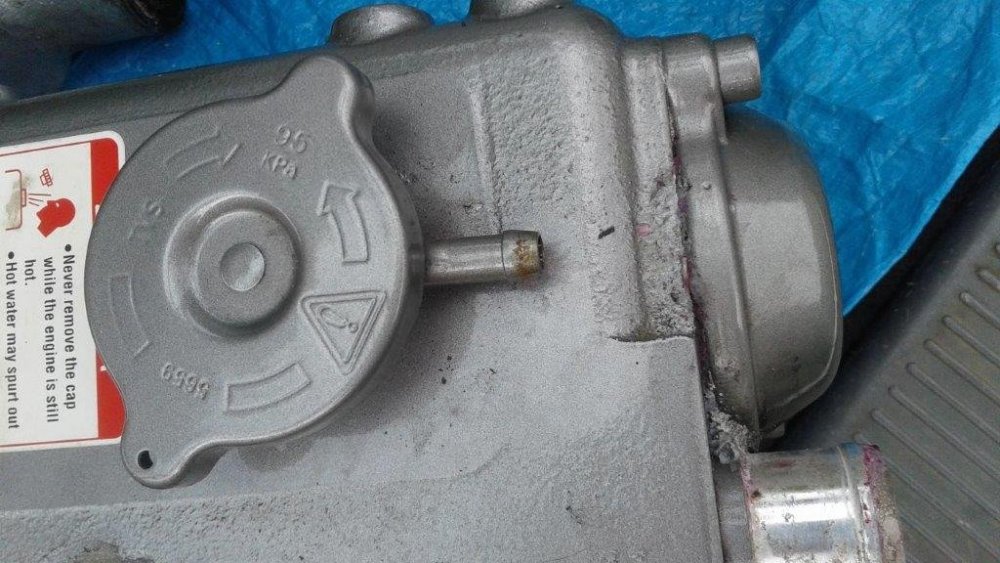
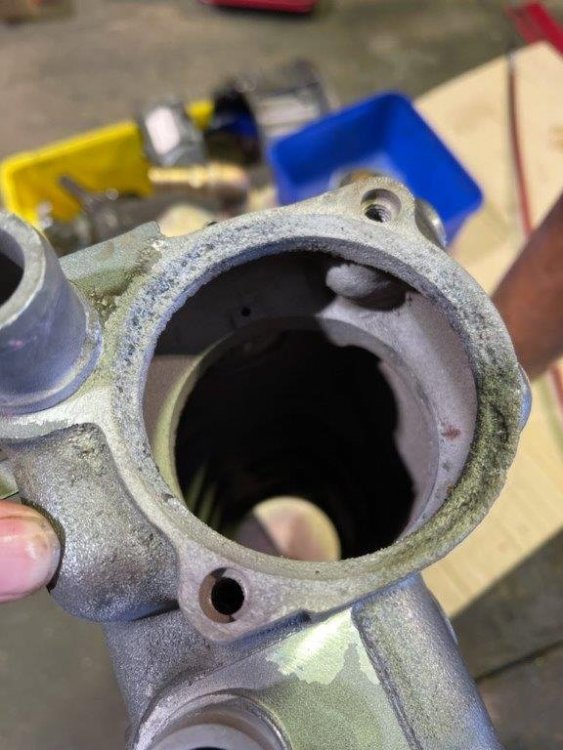
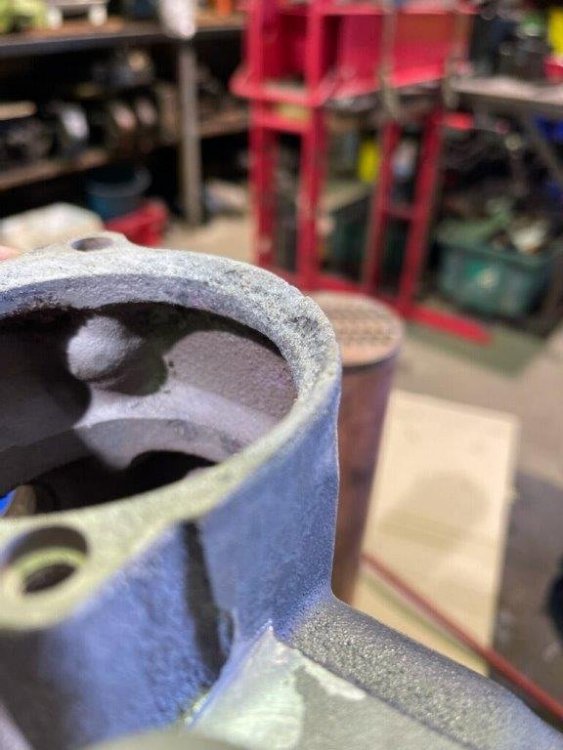
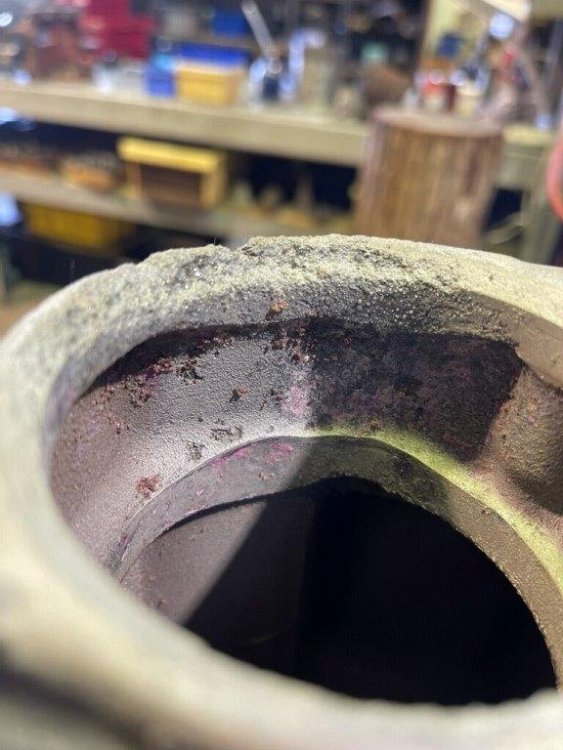
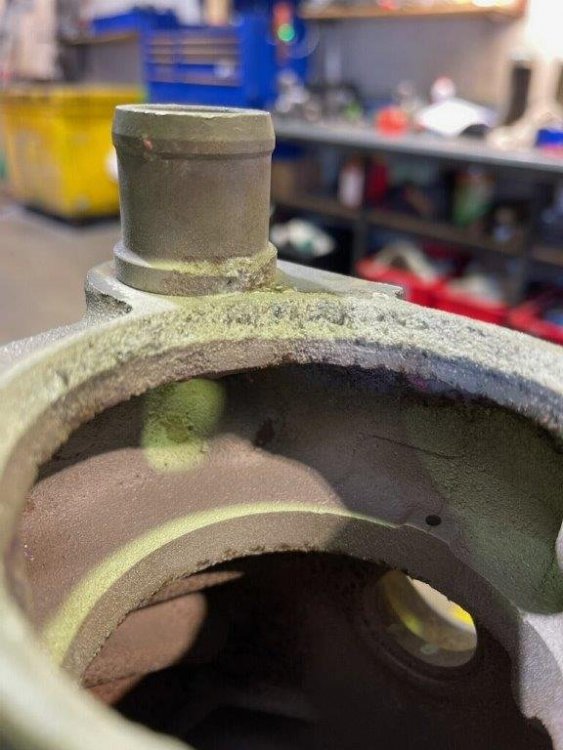
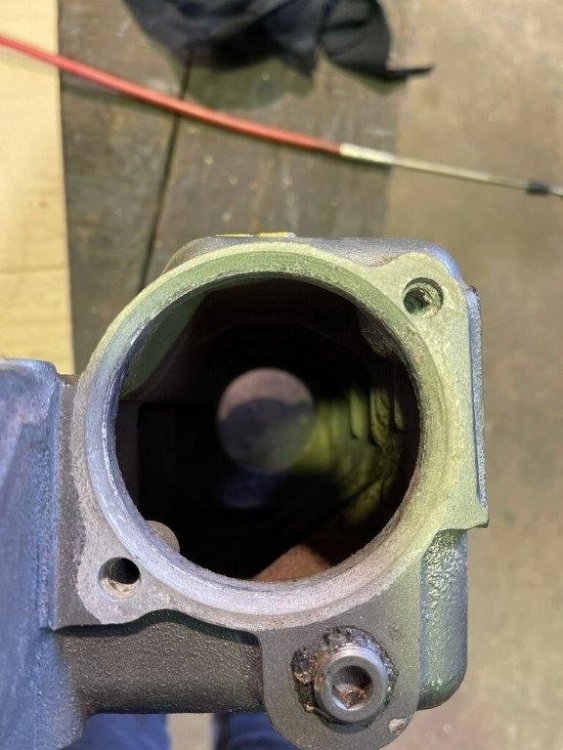
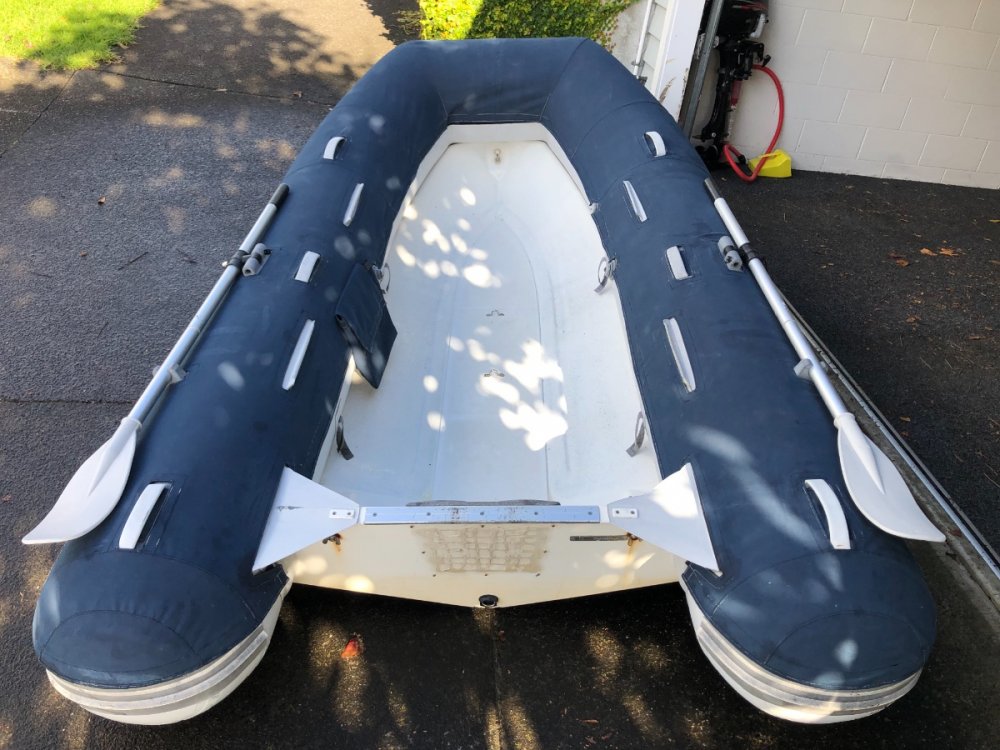
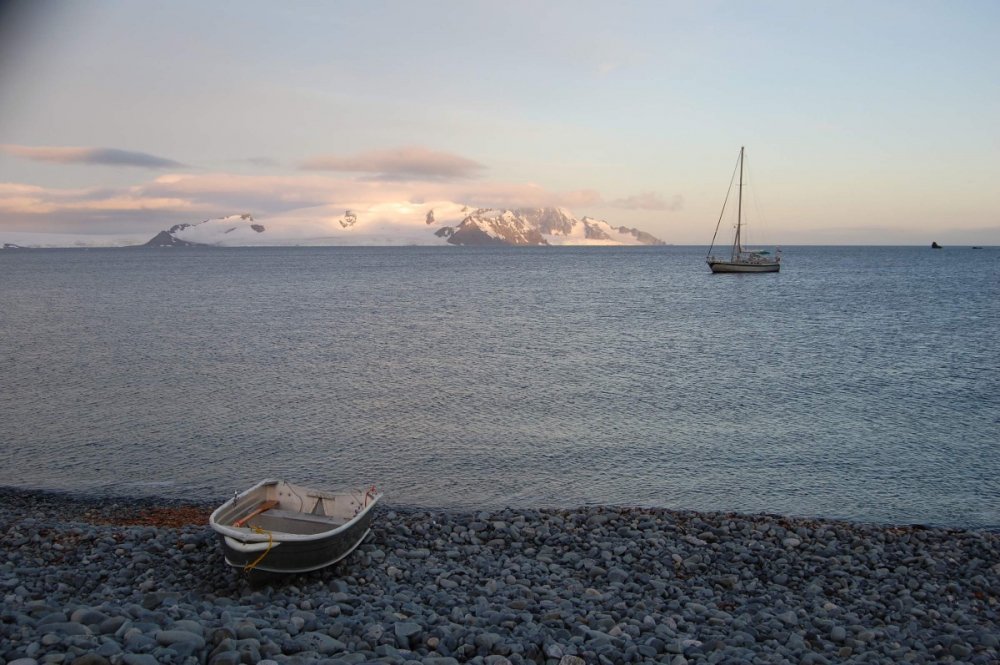

The Front Fell Off
in MarineTalk
Posted
Happens more often than it should, usually due to corrosion of the structure in older vessels
and it has been subject to discussion before by our very own John Clark - talking about the Kirki off WA in the 90's